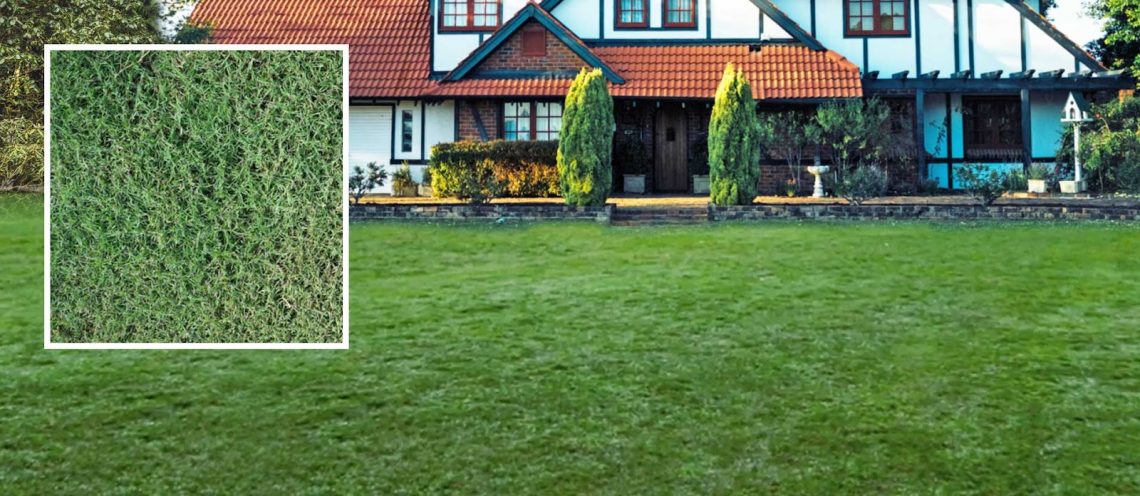Bermuda grass, known for its lush green appearance and resilience, is a popular choice for lawns and sports fields. Among the various varieties available, Tifway 419 Bermuda grass stands out for its exceptional durability and aesthetic appeal. However, to ensure a thriving lawn, proper planting and maintenance are essential. This article will provide you with valuable tips for successfully planting and growing this Bermuda grass species.
This comprehensive guide provides expert advice for successfully planting and growing Bermuda grass. Topics include installation tips, soil preparation, maintenance, and growth strategies for a thriving lawn. FAQs address common concerns.
5 Tips for Successfully Planting Tifway 419 Bermuda Grass
Learning About the Installation Process
Before diving into the planting process, it’s crucial to understand the installation procedure thoroughly. This includes preparing the site, ensuring proper drainage, and addressing any existing weeds or pests. Familiarizing yourself with these steps will lay the foundation for a healthy and vibrant Bermuda grass or other grass species like Zeon Zoysia.
Know the Best Time to Lay the Sod
Timing is crucial when it comes to laying Bermuda grass sod or any other warm season sods like Emerald Zoysia grass. This should be done during the active growing season, which typically falls in late spring or early summer. This allows the grass to establish its roots and thrive in favorable conditions. Avoid planting during extreme weather conditions or dormant periods, as this can hinder successful growth.
Keep Checking the Weather Conditions
Monitoring weather conditions is crucial during the planting process. Excessive rainfall or drought can negatively impact the growth of this sod grass. If heavy rain is in the forecast, consider delaying planting until conditions improve. Similarly, during dry spells, ensure consistent watering to promote healthy root development.
Prepare the Soil Properly
Conduct a soil test to assess its pH levels and nutrient content. Based on the results, amend the soil with the necessary nutrients and organic matter to create an optimal growing environment. Properly prepared soil provides a solid foundation for the grass to establish roots and flourish. You can hire professionals like Atlanta Sod Farms, who can handle the whole installation process.
Post-installation maintenance is Important
After the initial installation, it’s essential to follow up with diligent post-installation maintenance, which will be mentioned in the points below.
5 Growing and Maintenance Tips to Consider
Keep a Check on the Grass Height
Maintaining the appropriate grass height is vital for a healthy Bermuda lawn. Tifway 419 Bermuda grass and Empire Zoysia thrive when kept at a height of 1 to 1.5 inches. Regular mowing at this height encourages dense growth and discourages weed development.
Know How Much Water Is Enough
Proper watering is crucial for the health of this grass. Deep, infrequent watering is recommended to encourage deep root growth. Ensure the soil is consistently moist, especially during the establishment phase. Once established, adjust the watering frequency based on weather conditions.
Understand the Fertilizer Quantity to Apply
Balanced fertilization is key to providing the necessary nutrients for optimal growth. Conduct soil tests periodically to determine nutrient levels and adjust fertilizer applications accordingly.
Focus on Seasonal Maintenance
During the growing season, regular mowing and proper watering are crucial. In cooler months, reduce watering frequency and adjust mowing height to accommodate the slower growth rate. You can also follow this tip for other grass maintenance, like Centipede grass sod.
Read More: Transforming Backyards into Oasis with Atlanta Residential Sod
Regular Sod Inspection for Diseases
Vigilance against diseases is crucial for maintaining a healthy grass lawn. Regularly inspect the sod for signs of pests or diseases, such as discoloration, thinning, or patches of dead grass. Prompt action, such as applying appropriate treatments or insecticides, can prevent further damage.
Successfully planting and growing Tifway 419 Bermuda grass requires careful planning, preparation, and ongoing maintenance. By following these tips, you can establish a vibrant and resilient lawn that will be the envy of your neighborhood. With proper care, will provide years of beauty and enjoyment.
Frequently Asked Questions
When is the best time to lay Bermuda grass sod?
Bermuda grass sod should ideally be laid during late spring or early summer when it is in its active growing phase.
What is the optimal grass height for Tifway 419 Bermuda grass?
Tifway 419 Bermuda grass thrives when maintained at a height of 1 to 1.5 inches.
How do I prevent diseases in my sod grass lawn?
Regular inspection for signs of pests or diseases, along with prompt action and appropriate treatments, can help prevent and manage diseases in Bermuda grass.

